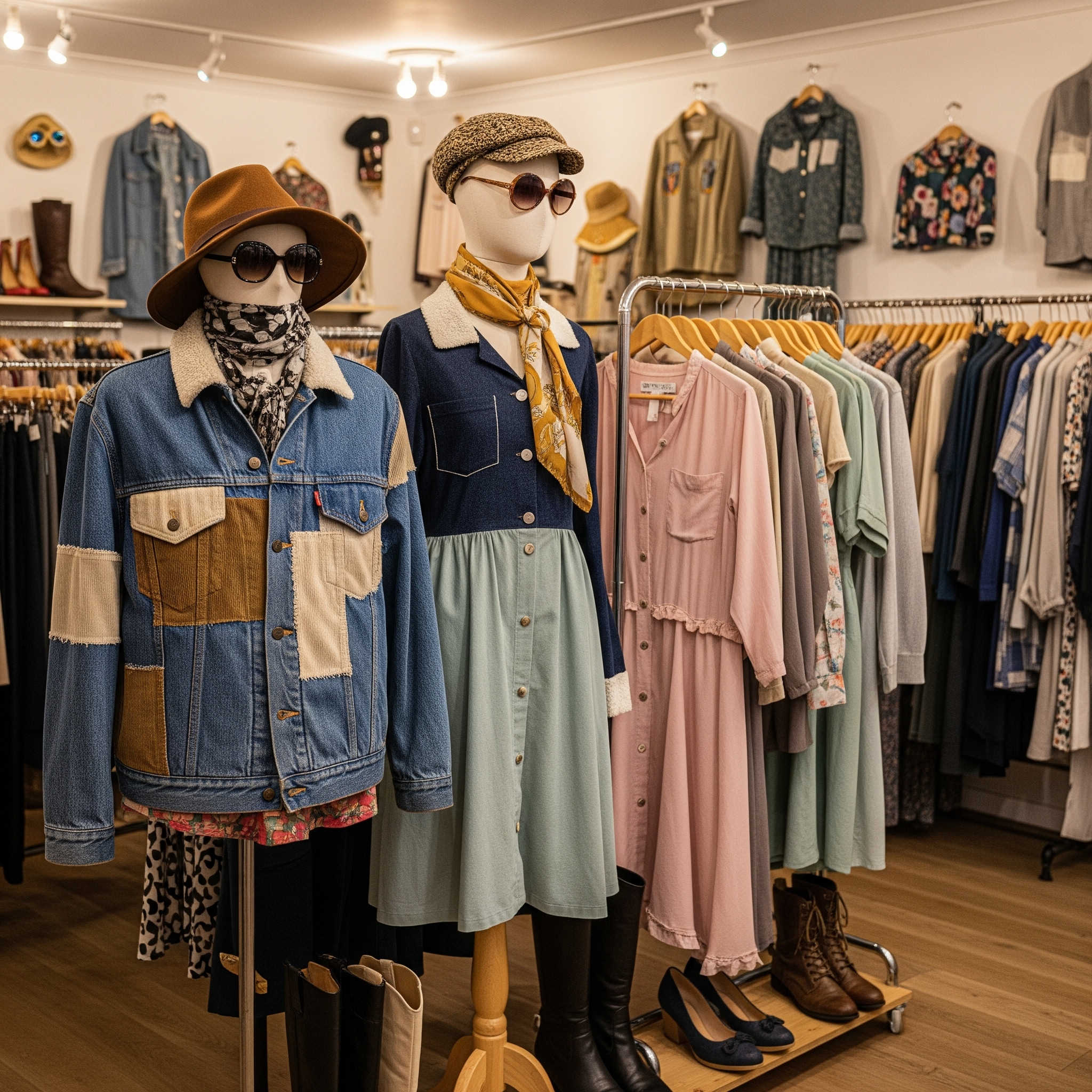Blog
The Enduring Allure of Vintage Fashion: A Deep Dive into Sustainability, Individuality, and Historical Charm

In an age dominated by rapid consumption and the relentless churn of fast fashion, vintage clothing has emerged not just as a trend, but as a compelling and sustainable lifestyle choice. Far more than mere second-hand garments, vintage pieces are tangible links to the past, embodying superior craftsmanship, distinctive design, and a powerful antidote to modern wastefulness. Embracing vintage means embarking on a journey of discovery, unearthing items with unique histories, and meticulously curating a wardrobe that speaks volumes about individual style and conscious consumption.
One of the most significant appeals of vintage fashion lies in its profound connection to sustainability. The fashion industry is a major contributor to environmental degradation, from excessive water usage and chemical pollution to enormous landfill waste. By choosing pre-loved items, you directly reduce the demand for new production, thereby lessening your carbon footprint and conserving valuable resources. This conscious act of recycling and repurposing aligns perfectly with a growing global awareness of environmental responsibility. It’s a tangible way to participate in a circular economy, giving garments a second (or third, or fourth) life rather than sending them to already overflowing landfills. Furthermore, the very act of hunting for vintage treasures often encourages a more mindful approach to shopping, promoting quality over quantity and discouraging impulse purchases driven by fleeting trends.
Beyond the undeniable environmental benefits, vintage clothing stands out for its unparalleled uniqueness and quality. Unlike the mass-produced, often disposable garments of today, vintage pieces were frequently made with a focus on durability and timeless appeal. You’ll often find superior natural fabrics like high-quality wool, sturdy cotton, rich silk, and luxurious linen that are rarely used in contemporary fast fashion due-to cost. The construction techniques are also often more robust, with hand-finished details, reinforced seams, and meticulous tailoring that speak to a bygone era of garment making. Discovering a perfectly preserved dress from the 1950s with intricate embroidery, a beautifully cut wool coat from the 1970s, or a uniquely patterned shirt from the 1980s offers a level of individuality that simply cannot be replicated by off-the-rack modern clothing. Each piece has a story, an inherent character that adds depth and personality to any outfit.
Moreover, vintage fashion provides an extraordinary canvas for personal style expression. It liberates wearers from the dictates of current trends, allowing for true creative freedom. You can effortlessly blend eras, mix diverse patterns, and combine unexpected textures to craft ensembles that are truly one-of-a-kind. Want to pair a flowing bohemian skirt from the 1970s with a sharp, tailored blazer from the 1990s? Vintage makes it possible. This ability to transcend fashion seasons and create unique juxtapositions fosters a sense of individuality and confidence. It’s about building a wardrobe that tells your story, reflecting your tastes, your personality, and your appreciation for history and craftsmanship, rather than simply following what’s dictated by the latest runway show. For many, collecting vintage is also a hobby, a thrill of the hunt, and a rewarding way to connect with fashion history.
The vintage market itself is incredibly diverse, catering to all tastes and budgets. From high-end designer vintage stores offering rare archival pieces to bustling thrift stores and online marketplaces, there are countless avenues to explore. This accessibility further democratizes fashion, making unique and high-quality items available to a wider audience. It also fosters a community of enthusiasts who share knowledge, styling tips, and the joy of their latest finds.
In conclusion, vintage fashion is much more than just a trend; it’s a powerful movement towards sustainable living, individual expression, and an appreciation for timeless quality. It challenges the throwaway culture of modern fashion, inviting us to slow down, cherish what we wear, and celebrate the rich history woven into every thread. By choosing vintage, you’re not just buying clothes; you’re investing in a piece of history, making an eco-conscious statement, and cultivating a style that is genuinely, uniquely your own. It’s a powerful reminder that some things truly do get better with age, offering both style and substance in equal measure.
